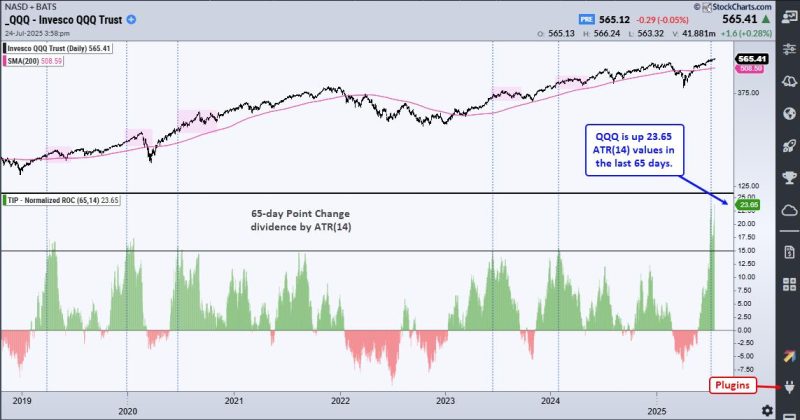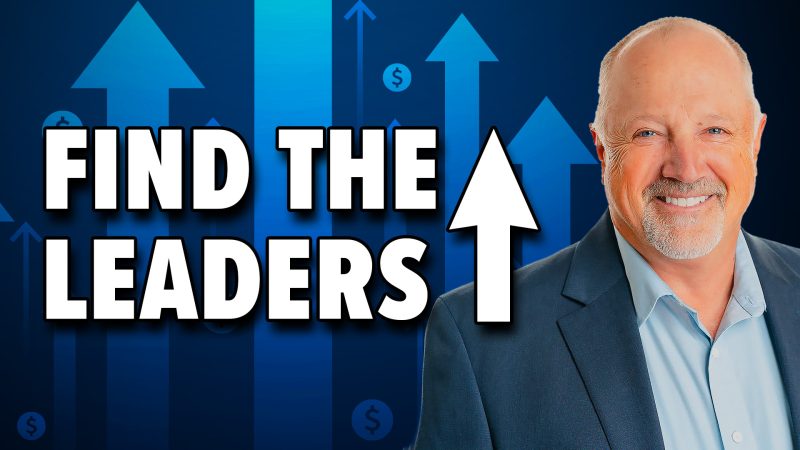What Happens After October Crashes? Here’s What History Says.
This post is brought to you by our friends at Chaikin Analytics. Get Chaikin's free e-letter PowerFeedhere.
We've just got past Halloween. It may have been a joyous night for kids, especially if they got a lot of candy, but, if you've followed the markets for any length of time, you know October is much scarier for the markets.
In short, throughout history, October is known as a month of crashes and market blowouts. And many investors think the pain ends after October. That might make sense on the surface, because you'd think that stocks can't fall much further after they've crashed. But, as I'll explain in this post, that isn't always the case. And it's particularly relevant now.
We've experienced some extremely volatile days in recent weeks. So, as the current bear market continues, let's try to answer a simple question today—Does the pain end after an October crash?
Let's look deeper for clues, starting with the most famous October crash.
The Great Crash of 1929. This was one of the greatest crashes which ultimately led to the Great Depression. The market fell hard in October 1929, but, more importantly, its massive decline that month didn't signal the end of pain for stocks. The selling continued until 1932, and the next bull run didn't start until two and a half years later. You might be thinking that's a one-off extreme event, but a similar scenario played out in 1974. The 1974 Bear Market Bottom. The entire year was rough for stocks. But the fall of 1974 was particularly terrible and, by the time October rolled around, stocks had lost nearly 50%. The markets didn't find their upward momentum again until December 1974. Obviously, a few months is a lot faster than a few years. But it's still a lot longer than expecting stocks to head back up after the initial crash.Black Monday. In 1987, the markets experienced another October wipeout. It was named Black Monday, and the setup was similar in many ways to what's unfolding now. Inflation was hot, economic growth had stalled, and the strong U.S. dollar was wreaking havoc on international sales. Ultimately, it caused valuations to expand to unsustainable levels. And it took months for the market to find its footing after the October blowout occurred.Early 1990s Recession. A few years after Black Monday, the market fell 20% in a short span, ending in October 1990. While it started to turn around in the middle of that month, things didn't get going until the following year. A similar pattern played out in 2008.The Great Recession. The market plunged 40% in 2008, with most of the fall taking place in October. But the market didn't hit its lowest point until March 2009, about five months later. Of course, as we know now, that recovery became the longest-running bull market in history.My Takeaway Is Simple
We can't know for sure exactly when the pain will end after a market crash. Bear markets can be long and drawn out, and they're unpredictable. A specific timeline or playbook doesn't exist. Flashes of positive days are enticing, and the "fear of missing out" can trap you.
The problem is that markets can still sell off even further. And history shows us that it can take the market months, sometimes years, to process a big October blowout. No one should try to call a bottom in October. And going forward, this November you'll need to use more than just a "buy the dip" strategy.
I'll be watching the Power Gauge. It'll indicate when the pain is over. And when it turns in my favor, it may be time to put money back into the broad market.
Good investing,
Pete Carmasino
Chief Market Strategist, Chaikin Analytics
Editor's Note: If you think 2022 has been a tough year for stocks, watch out for 2023. Chaikin Analytics founder Marc Chaikin believes a financial reset could cause a run on the banks unlike anything in U.S. history. But few people realize it or foresee what it could do to your wealth.
That's why Marc is hosting a special online briefing on Tuesday, November 15. He'll detail why it's critical to move your money out of cash and popular stocks and into a new vehicle 50 years in the making.
The broadcast will begin promptly at 10 a.m. Eastern time. It's free to attend. And just for showing up, you'll get a free recommendation from Marc. Reserve your spot right here.
This article was originally posted in October 2022 on ChaikinPowerFeed.com.



